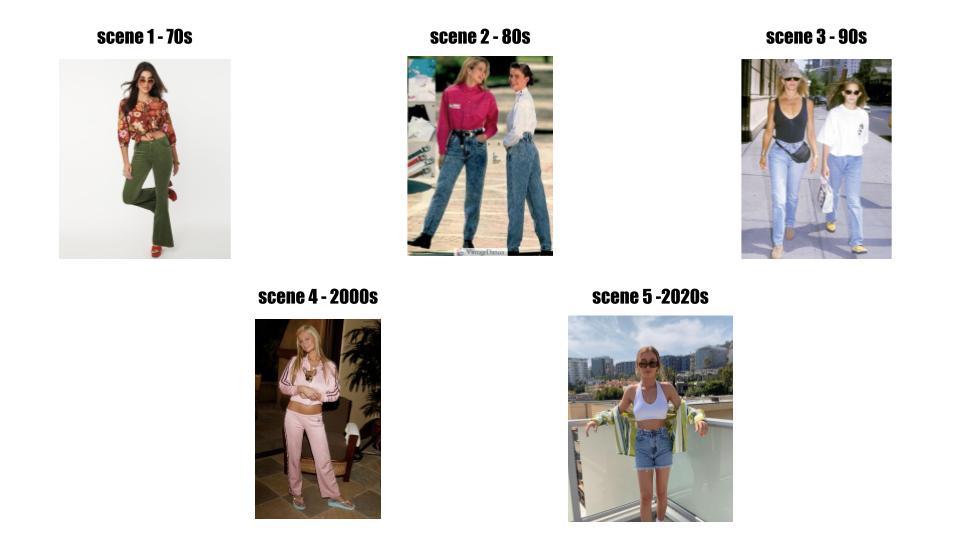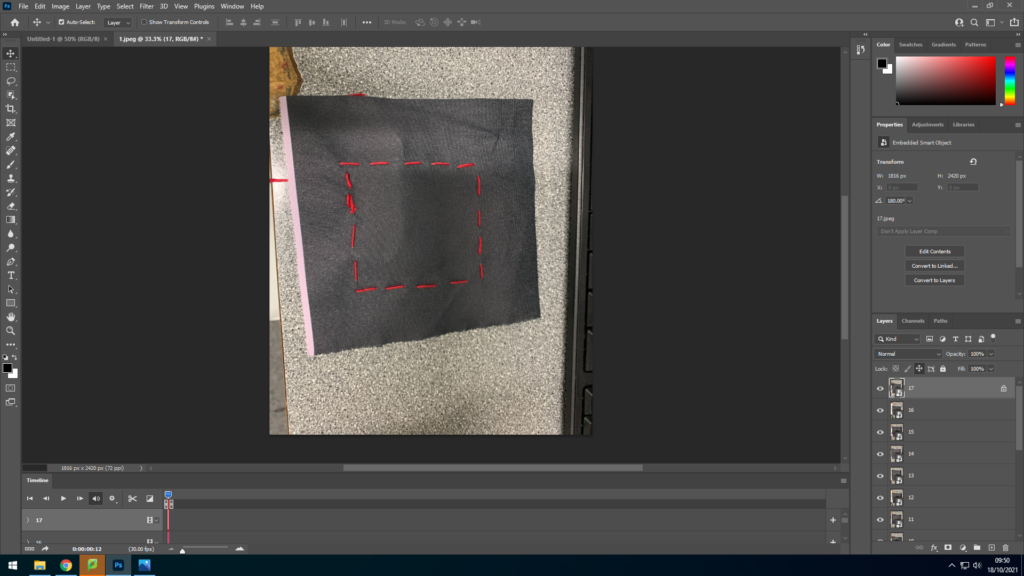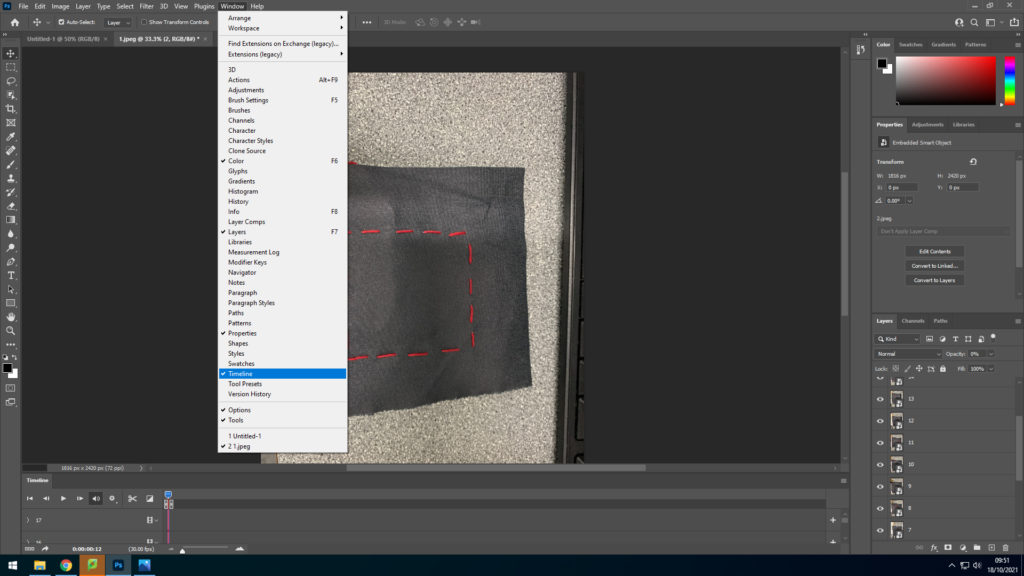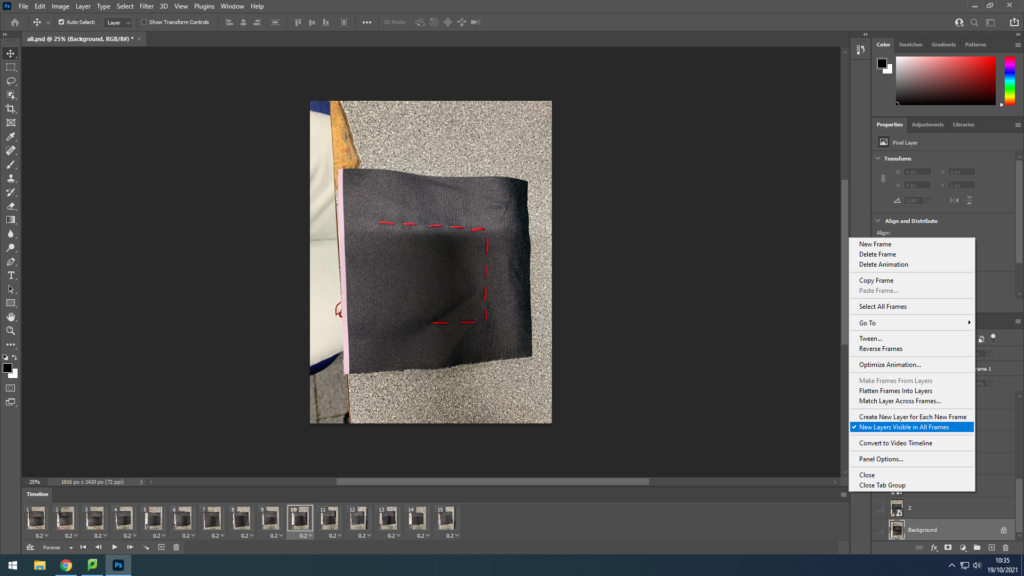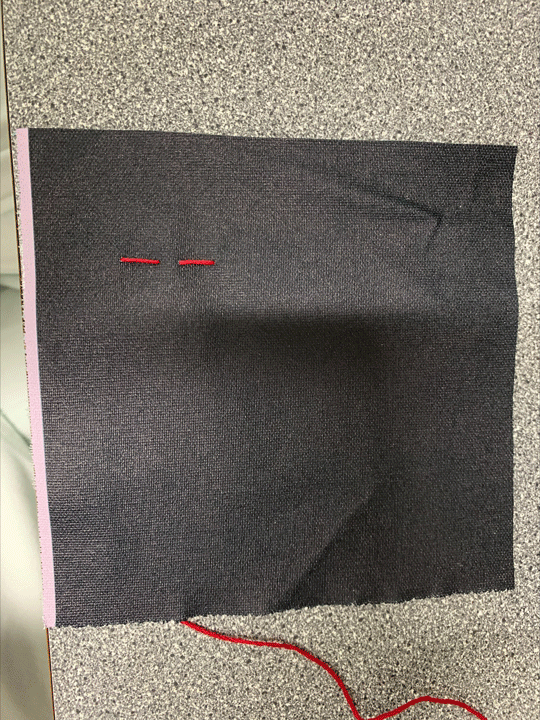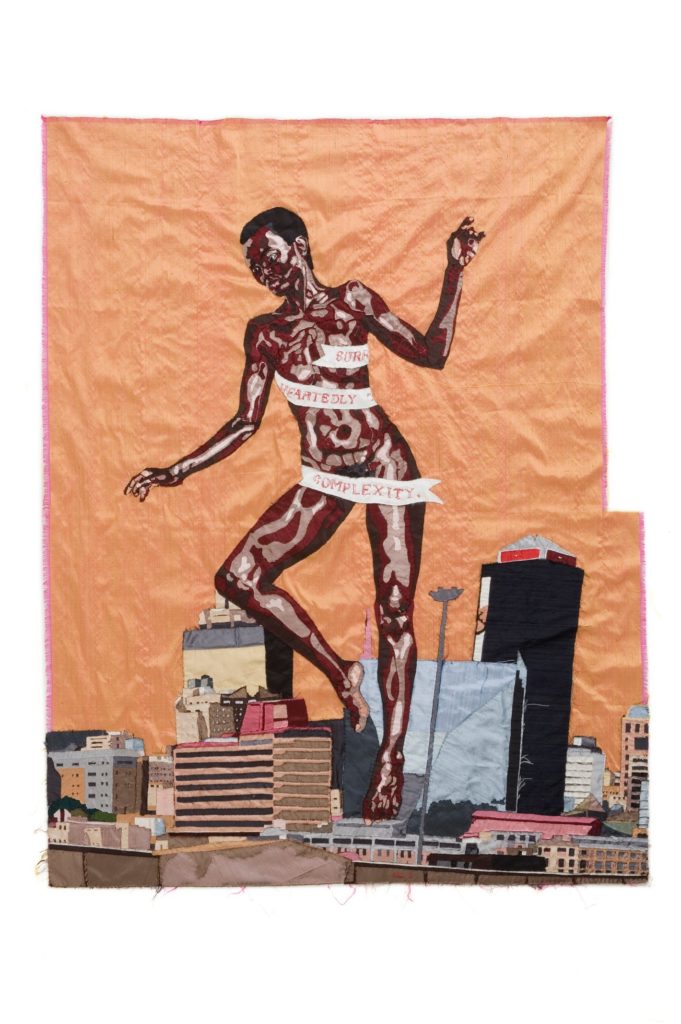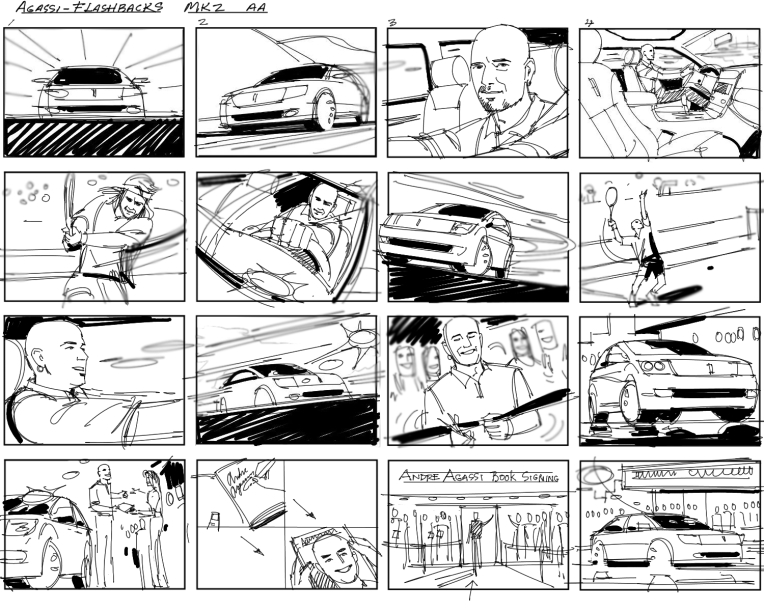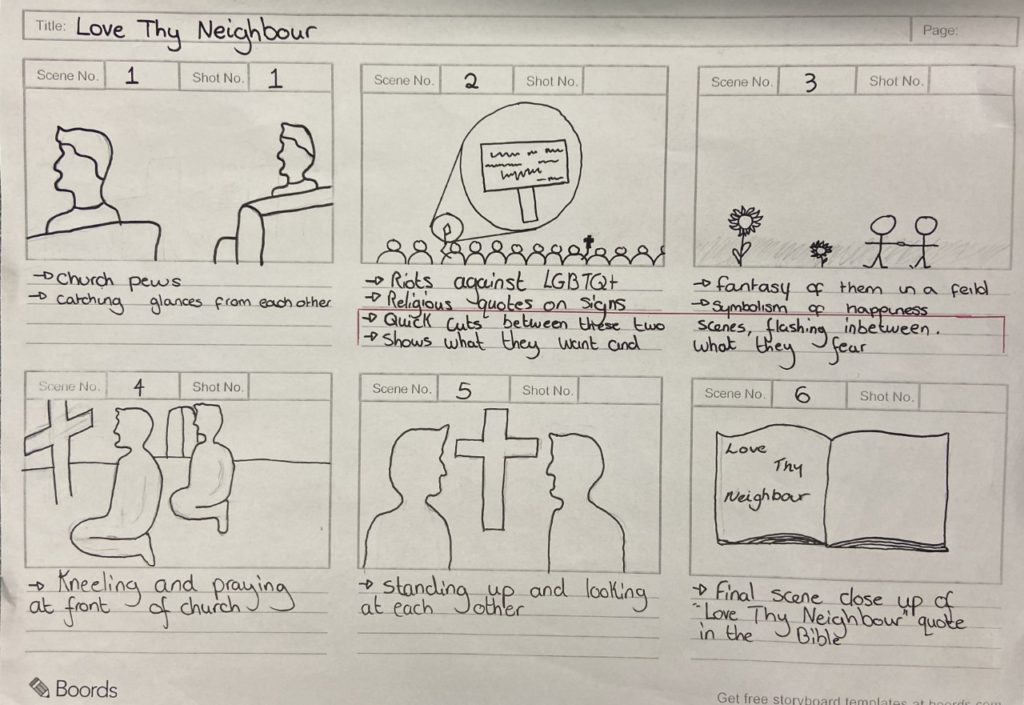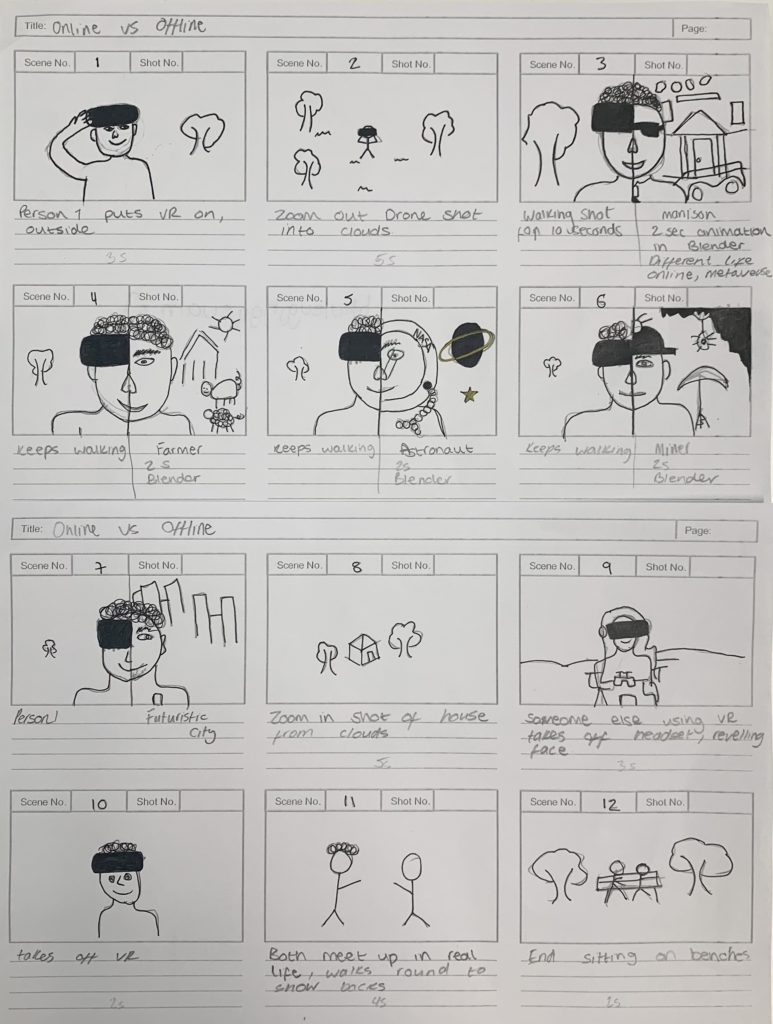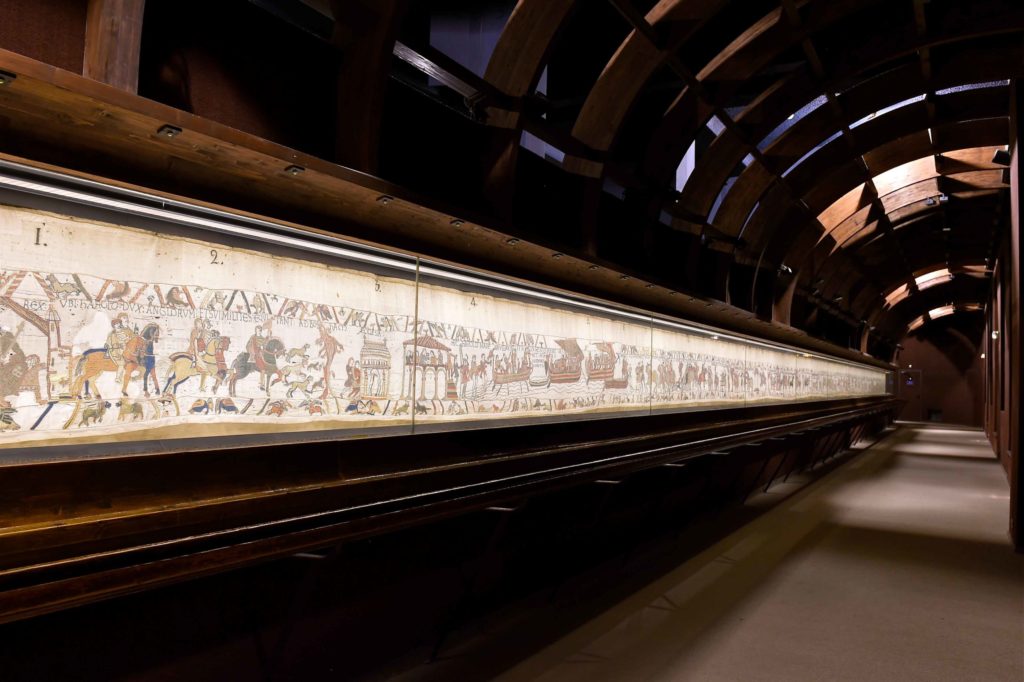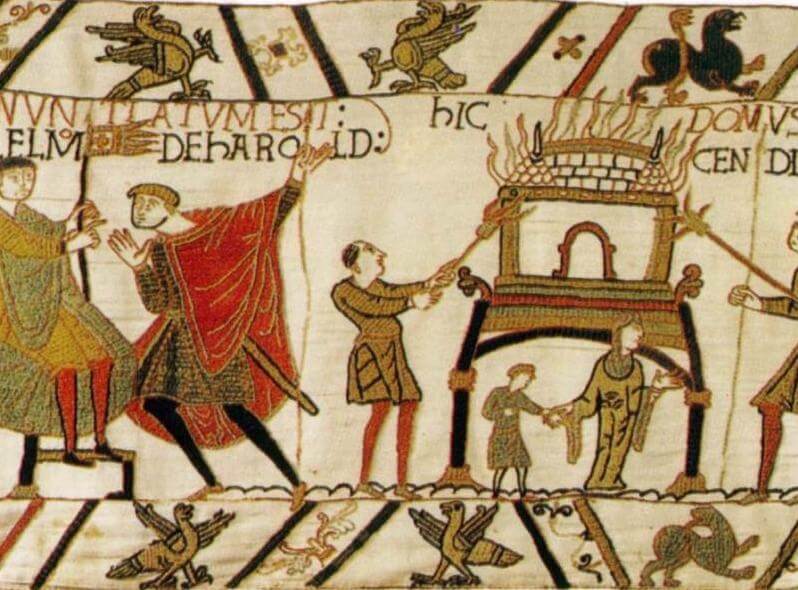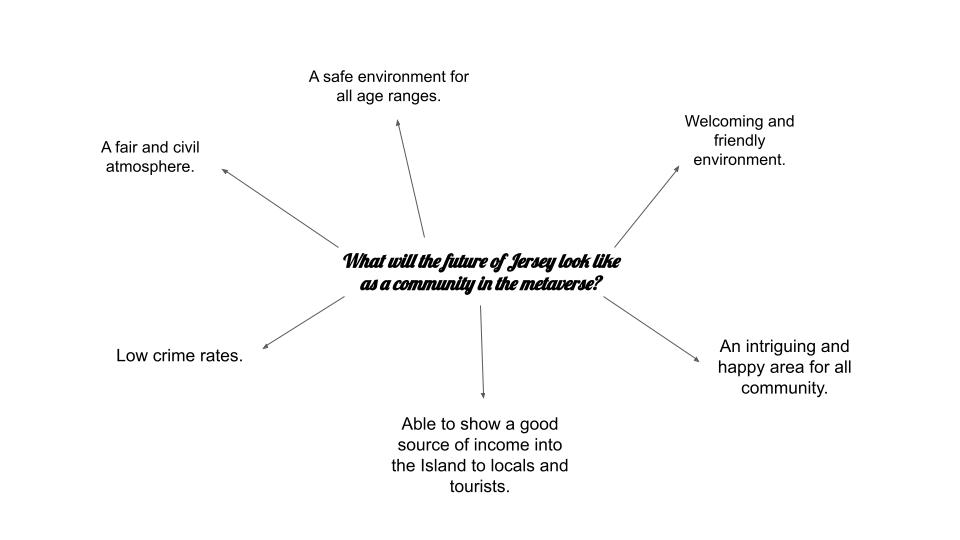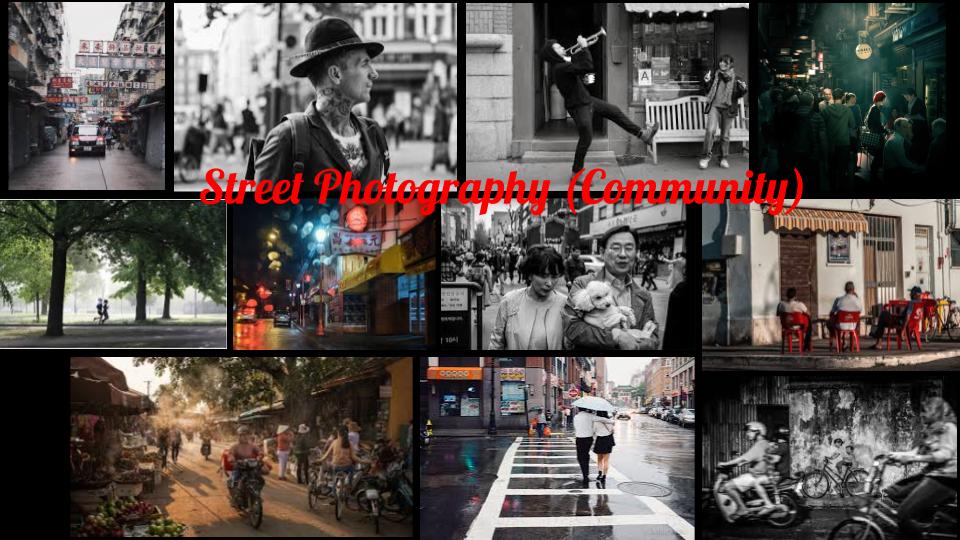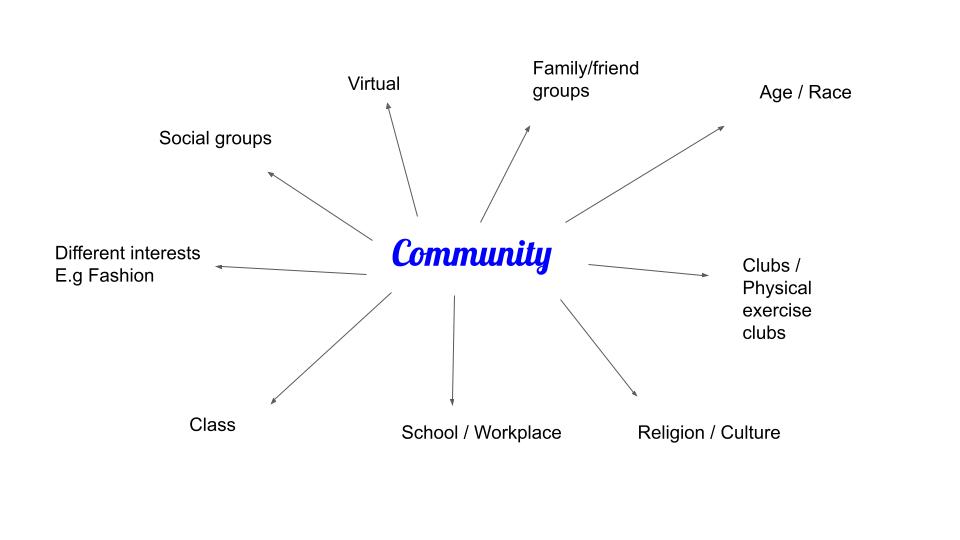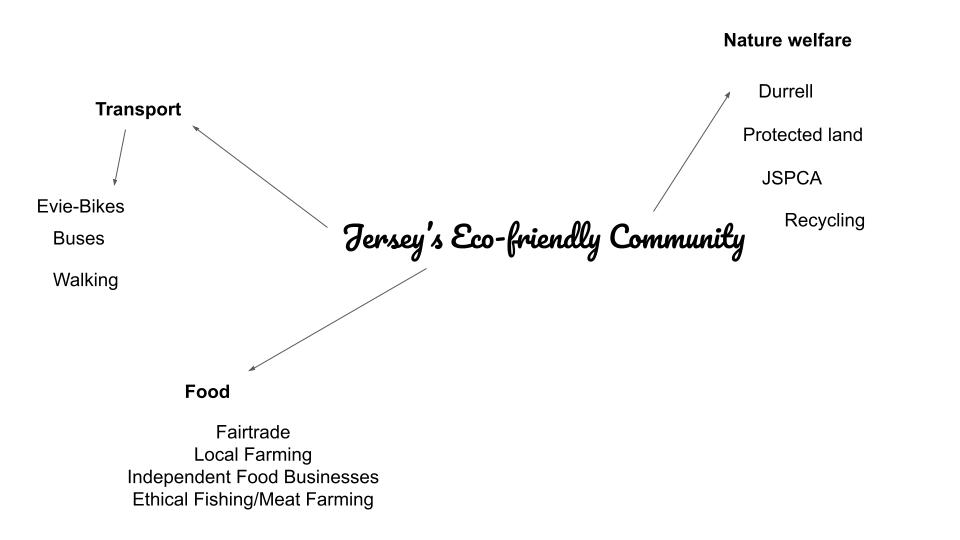A story board is a series of images that display a storyline in a linear sequence of events. These are used for various purposes such as planning for films and animations, making sure people are aware of what shots to create when filming. Although they are useful in giving you an idea of what scenes to film, this doesn’t mean that it must be followed strictly, as it is there as a guide more than a rule book, allowing for creative freedom in producing the film.
For the first scene of our film we are planning to film a same-sex couple sitting on the pews in church apart from each other, sharing glances. This will hopefully display how some are cautious of revealing part of their identity in fear of losing another part of it, such as their religious identity. We will capture a few different angles and shots, such as close ups of the two reading the Bible and them looking at each other, as well as long shots of them sitting apart in the pews, that establish the religious setting.
For the following scene we are going to combine two settings, flashing between the two after editing. One of these two settings will contain one scene of protest against people of the LGBTQ+ community, showing signs that have religious quotes that condemn this. This will be found footage of such protests, giving the film a more authentic feel to it, bringing the fear members of the LGBTQ+ community endure to light. In contrast with this, we will also include a dream sequence scene, in which the couple are seen running through a field, representing what they wish could happen if they didn’t feel bound by religious constraints. These two scenes will mostly be composed of long shots, showing a clear juxtaposition in setting and mood, with possibly a few close ups of aspects such as signs in the protest scene.
The next scene will showcase the couple praying together after moving closer to each other in the church. This will start to demonstrate our message we are aiming to communicate through our film, that these two communities can exist peacefully if we are open and accepting. The way in which this is portrayed is through the two helping each other with their faith. We will film this by taking close ups and medium shots of them reading the bible together and long to mid shots of them looking at the cross.
This will be followed by a scene of the two standing up and looking at each other, with the aim of conveying a sense of acceptance of themselves and their identity, with also a sense of pride in their faith. This will also be filmed through medium shots and close ups.
Finally, we will conclude our film with the end scene of the passage in the Bible that states “Love thy neighbour”, linking to the title of the film. This is as this passage acts as an umbrella term for the Christian faith that encourages acceptance, love and a sense of community that should be prioritised over any personal prejudice. This will be filmed with one simple close up.
